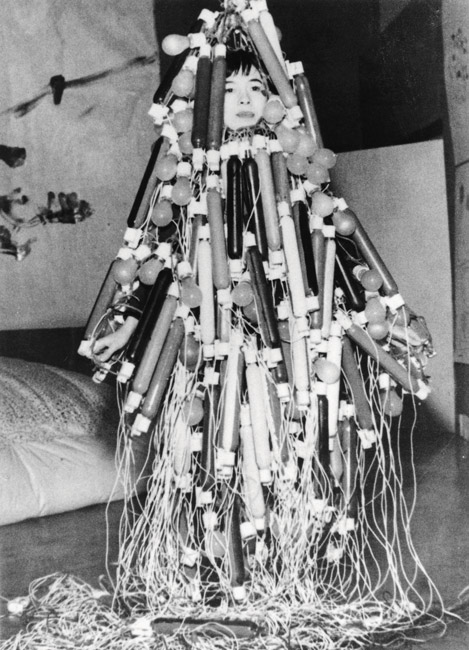Study Group – Gutai
This week we looked at the post-WW2, Japanese avant garde art movement Gutai.

Gutai was started by artist, critic, and teacher Jiro Yoshihara, along with Shozo Shimamoto with the instruction to ‘Do something no one has done before.” The word ‘gutai’ roughly translates into ’embodiment’ or ‘concreteness’ and the group focused more on the process of making art rather than the end result.
“Gutai art does not change the material: it brings it to life. Gutai art does not falsify the material. In Gutai art the human spirit and the material reach out their hands to each other, even though they are otherwise opposed to each other. The material is not absorbed by the spirit. The spirit does not force the material into submission. If one leaves the material as it is, presenting it just as material, then it starts to tell us something and speaks with a mighty voice.” Jiro Yoshihara, The Gutai Manifesto (1956).
They used non-traditional materials in their work- including mud, glue, plastic – and used traditional materials such as paint in a non-traditional way, for example by painting with one’s feet. They did performance-based work, ephemeral work, land art.
Gutai were effectively doing their own thing and re-inventing the idea of art, preceding influential art movements such as Fluxus and Arte Provera. They are well worth looking into more.